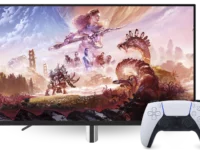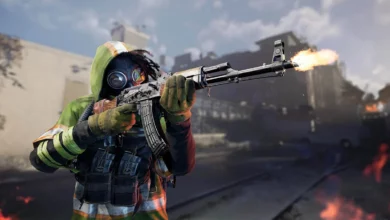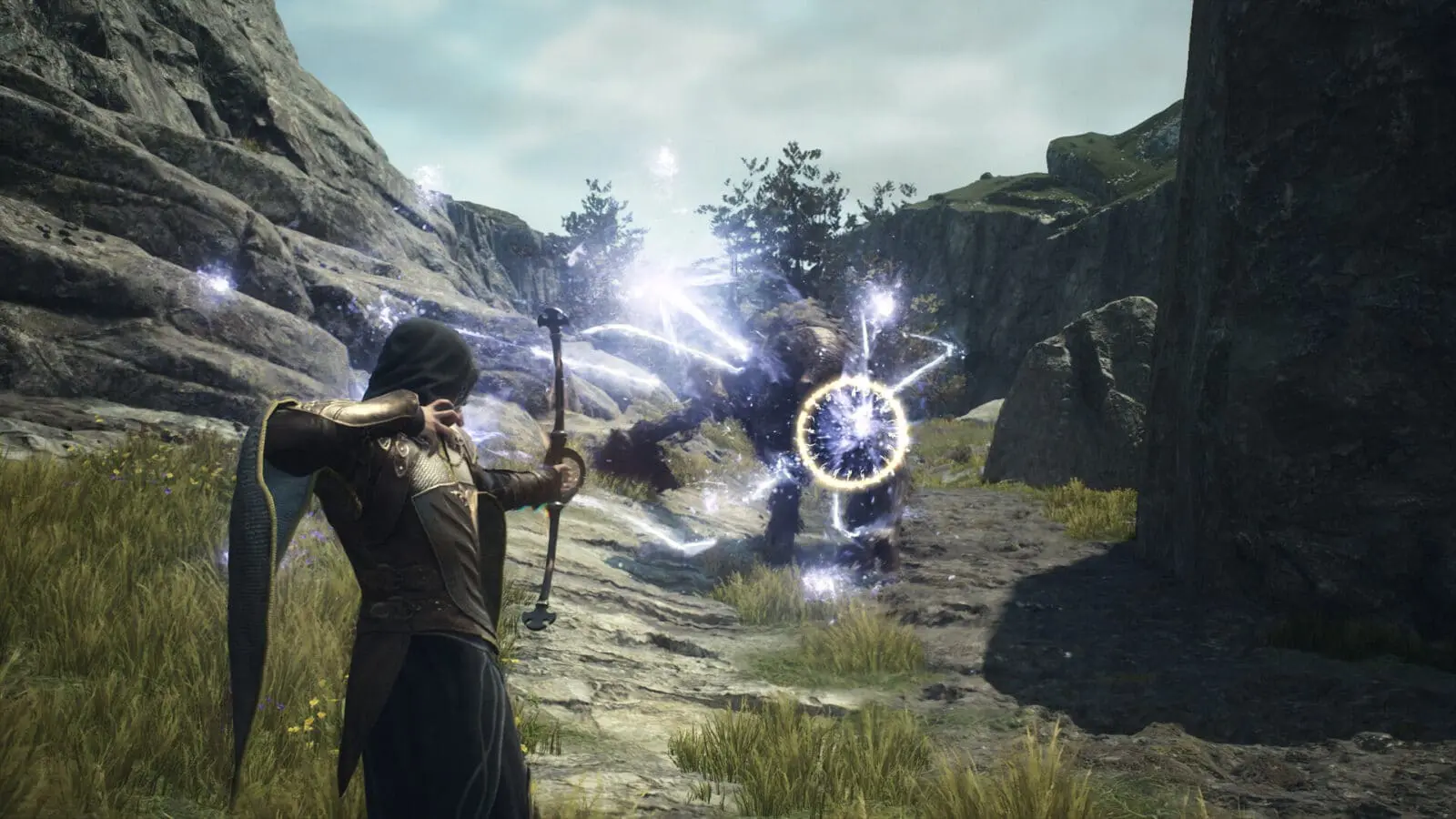
Dragon’s Dogma 2 was one of the most awaited RPGs of 2024. It is also among the most poorly optimized PC games of 2024. We tested the game’s individual graphics settings in our optimization guide only to find severe CPU bottlenecks in and around settlements. Title updates have somewhat alleviated this issue on high-end PCs. This guide will focus on the performance and optimization of the game on a low-end PC. For Windows/system-level optimizations such as Resize BAR, XMP, HAGs, etc, visit the above guide.
Test Bench
| Motherboard | CPU | GPU | Memory |
|---|---|---|---|
| Gigabyte B760M DS3H DDR4 ($99) | Intel Core i5-12400F ($127) | AMD RX 6600 ($189) | 8GB x2 DDR4-3200 ($40) |
Testing and analysis: Dipin.
Dragon’s Dogma 2: Every Graphics Setting Benchmarked
Dragon’s Dogma 2 performs the same at 1080p Low, 1080p High, 720p High, and 720p Low. Even 1440p High performs within 2 FPS of 720p High. The reason is that the game is CPU-limited at all sub-1440p resolutions even on a budget PC.
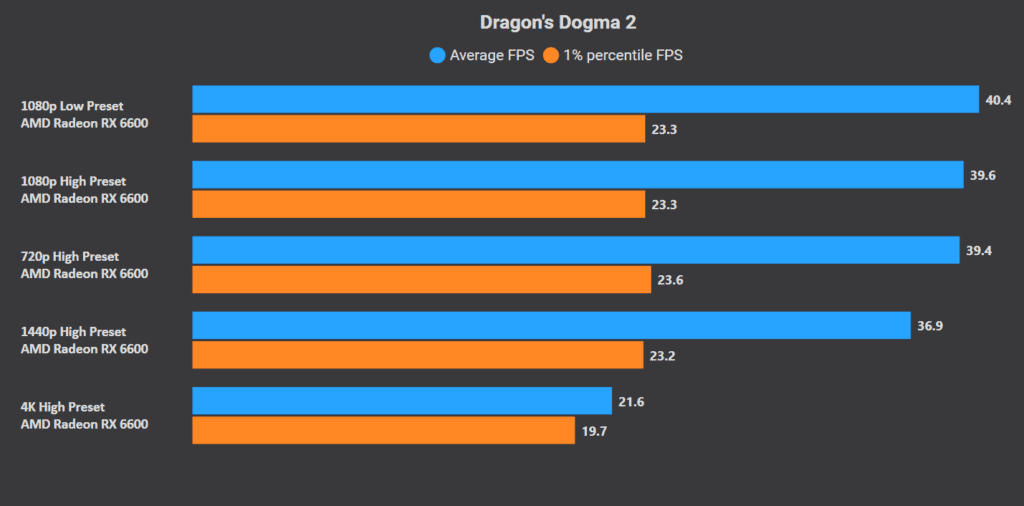
The settings below affect the performance by reducing the CPU bottleneck in addition to the GPU workload. Setting the textures to Low will make the world look blocky, but it improves framerates by 3-4 FPS over “High” at 1080p.
Anti-aliasing is a critical part of the visual setting and eats up a couple of frames on average. Ray tracing and the “Max” shadow settings notably impact performance, reducing framerates by 2-3 FPS on average.
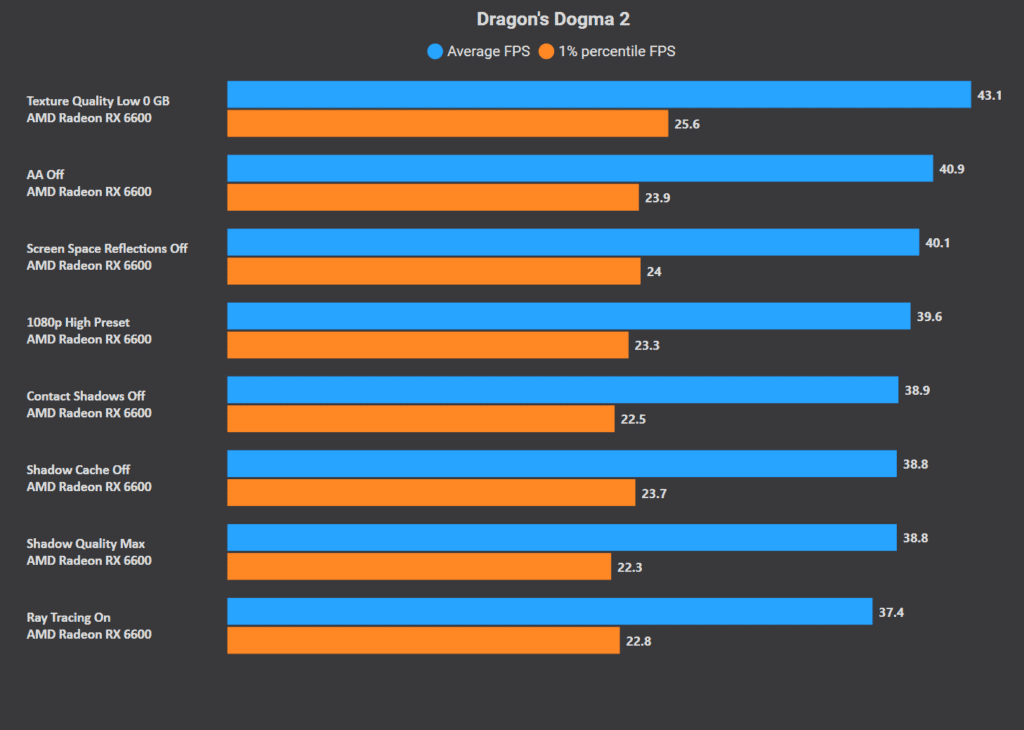
The remaining graphics options, including shadows, texture filtering, mesh quality, ambient occlusion, resource-intense effects, and even FSR 3 “upscaling” don’t improve or worsen performance by much.
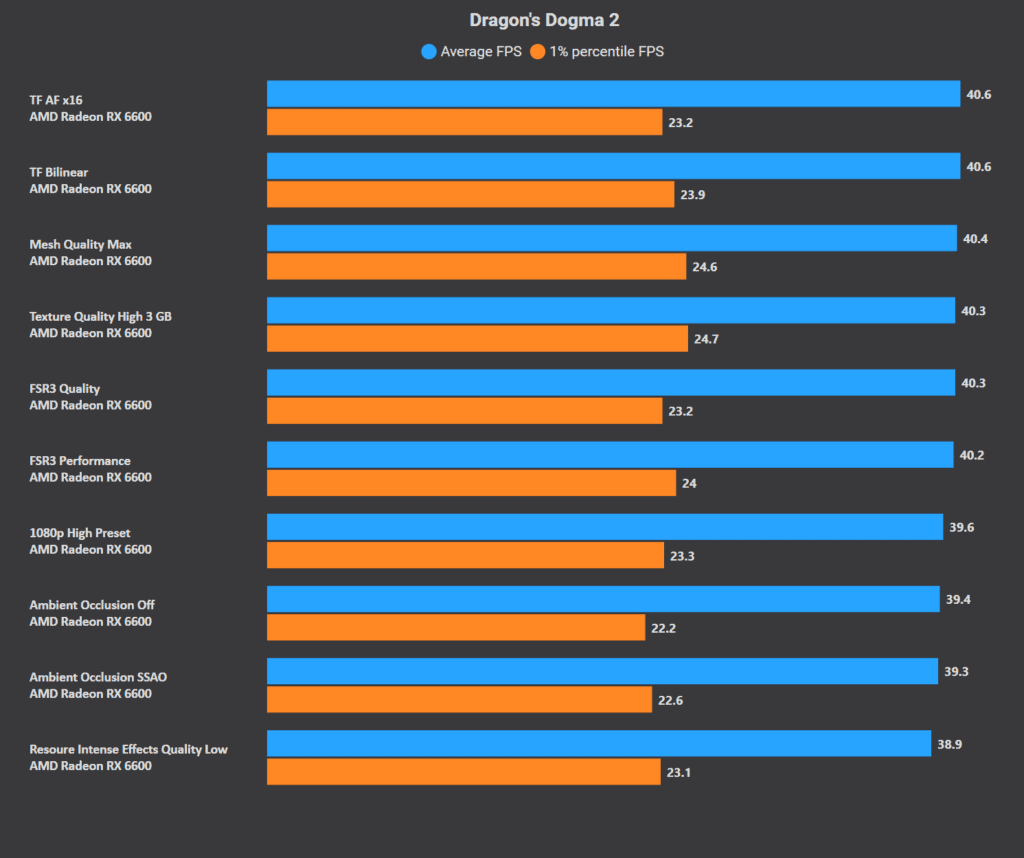
Dragon’s Dogma 2: Optimized for a Low End PC
The optimized settings at the bottom grant a partly stable 50 FPS on average, with FSR 3 disabled. It would seem that the overhead incurred by the upscaler makes things even dire for the CPU.
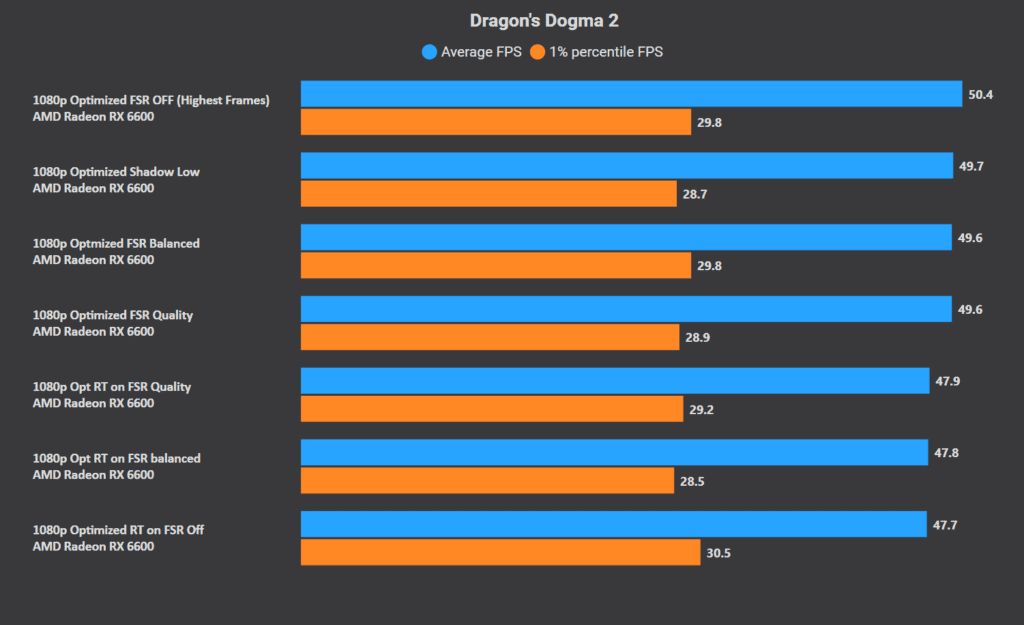
If you enable ray-tracing, then most of the increased GPU load is absorbed by FSR 3, leaving you with just a couple of FPS less.
CPU Bottleneck and VRAM Usage
Dragon’s Dogma 2 produces a GPU-Busy deviation of 38% at 1080p Low, and 29% at 1080p High. 720p increases the bottleneck to over 40%.
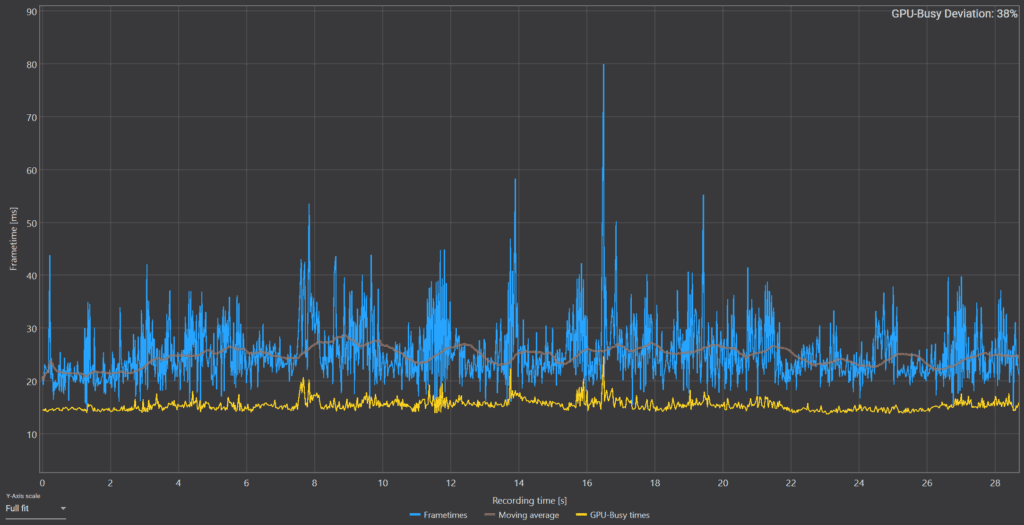
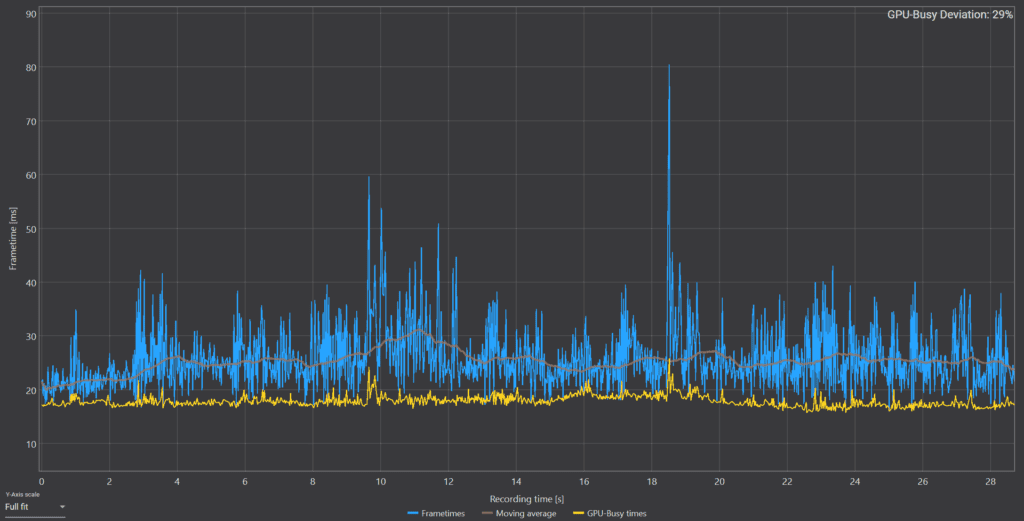
At 1440p and above are the CPU and GPU workloads more reasonably balanced with a GPU-Busy deviation of 6%.
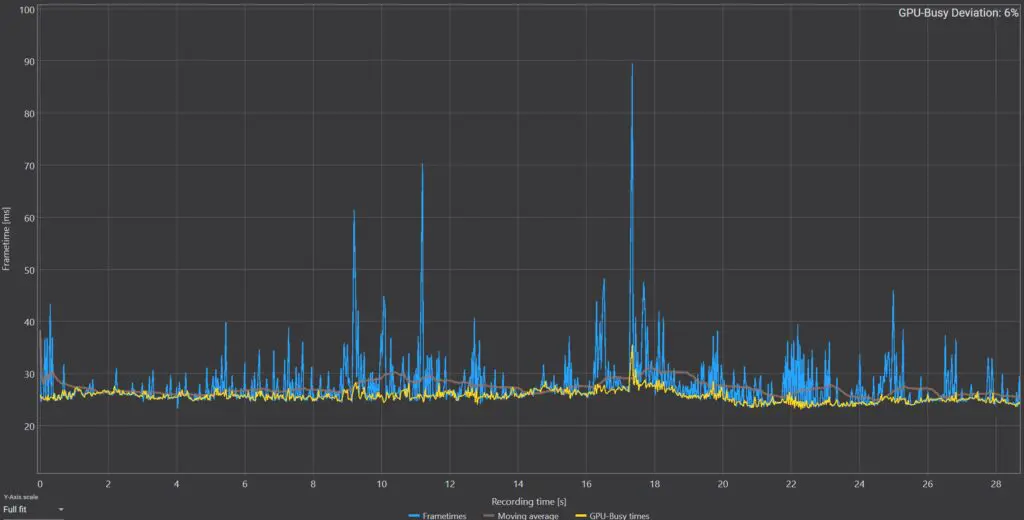
Dragon’s Dogma 2 dynamically adjusts the VRAM usage per the graphics buffer regardless of the selected settings. Consequently, you’ll see that High (3GB) consumes about the same amount of memory as Low (0.5GB), though lower presets may produce better lows with fewer stutters.
Dragon’s Dogma 2: Best Settings for a Low End PC
| i5-12400F/RX 6600 | |
|---|---|
| Resolution | 1080p |
| Texture Quality | High (3GB) |
| Ray Tracing | Off |
| Contact Shadows | Off |
| Shadow Quality | High |
| Special Effects | High |
| Screen Space Reflections | Off |
| Vegetation Quality | High |
| Ambient Occlusion | SSAO |
| Mesh Quality | High |
| Texture Filtering | 16x |
| Anti-Aliasing | – |
| Upscaling | Off |
| Render Mode | Progressive |
Performance Optimization Guide for the RTX 4060 Laptop GPU
Dragon’s Dogma 2 performs even worse on thermally constrained mobile processors. Getting a consistent 60 FPS within settlements is impossible. You’ll hover between 30-40 FPS with lows of 20-something now and then. Luckily, the game performs much better in the wilderness and can be optimized to deliver a healthy 50-60 FPS in most areas.
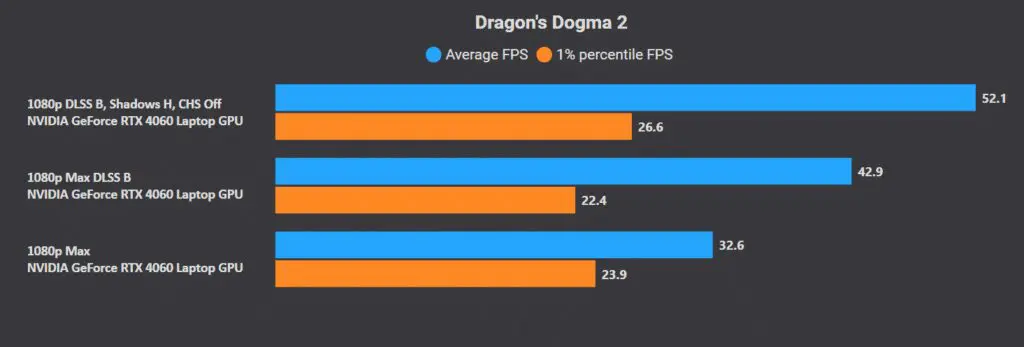
In the farmer’s quarter, the GeForce RTX 4060 averages just above 30 FPS using the Max quality graphics settings (minus ray-tracing) at 1080p. Enabling DLSS with the “Balanced” preset boosted the framerate to a 43 FPS average. However, the lows remained the same. Next, we disabled “Contact Shadows” and set “Shadow Quality” to High. This produced a playable 52 FPS on average, with lows of ~27 FPS.
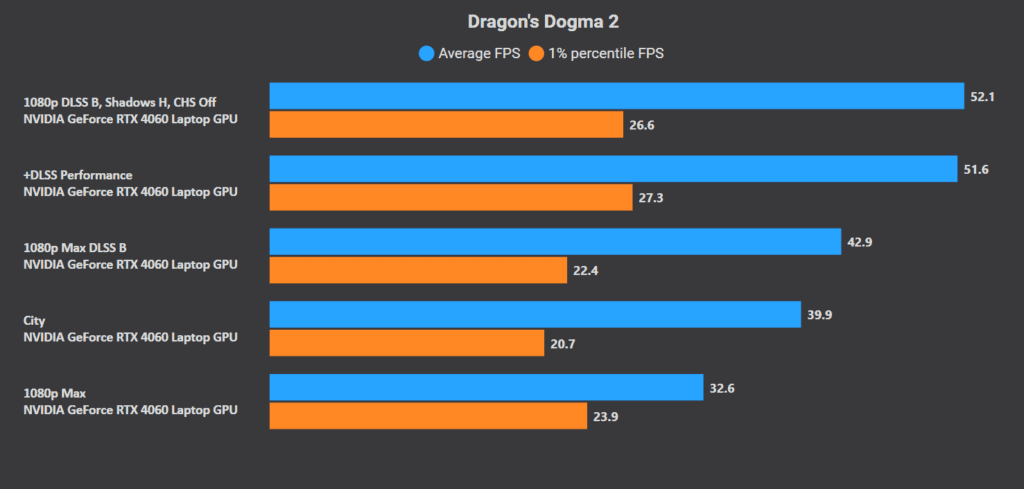
Beyond this, further reducing any settings didn’t have a noticeable impact on performance. Heck, switching to DLSS “Performance” granted zero gains. You’re reducing the internal resolution from 626p to 540p and getting the same framerates.
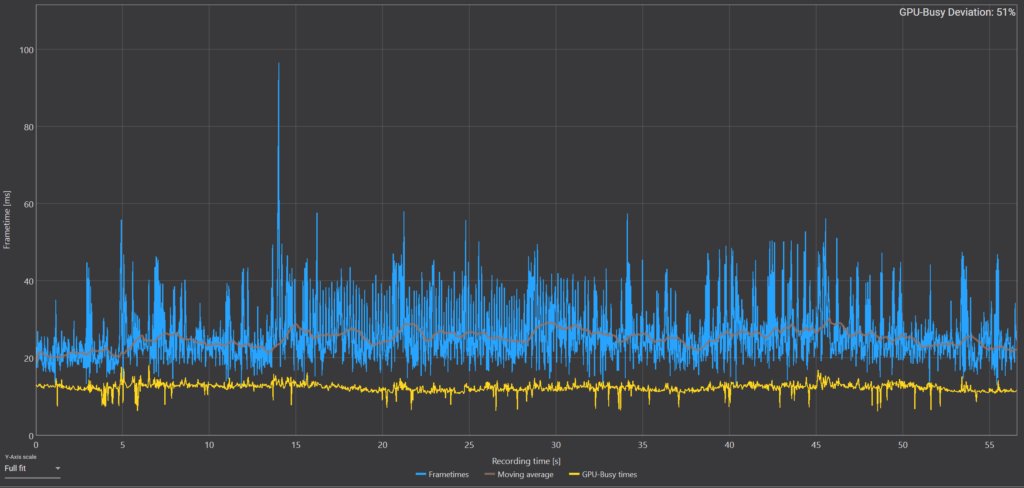
Within castle walls, the game is 51% CPU-bound with frequent stuttering, though “walking slowly” helps to an extent. Jokes aside, don’t expect fluid gameplay within settlements using the current build. You can try the DLSS 3.5 mod, but it tends to crash on some configurations.
The x14 offers pre-configured CPU and GPU overclocking profiles (Overdrive) that offer a healthy performance boost over the stock hardware. You won’t even need a cooling pad, but make sure not to keep the device on your lap.
Dragon’s Dogma 2: Best Settings for NVIDIA RTX 4060 Laptop GPU
| NVIDIA RTX 4060 Laptop GPU | NVIDIA RTX 3060 Laptop GPU | |
|---|---|---|
| Resolution | 1080p | 1080p |
| Texture Quality | High (3GB) | High (3GB) |
| Ray Tracing | Off | Off |
| Contact Shadows | Off | Off |
| Shadow Quality | High | High |
| Special Effects | High | High |
| Screen Space Reflections | On | On |
| Vegetation Quality | High | High |
| Ambient Occlusion | SSAO | SSAO |
| Mesh Quality | Max | Max |
| Texture Filtering | 16x | 16x |
| Anti-Aliasing | – | – |
| Upscaling | DLSS “Balanced” | DLSS “Performance” |
| Render Mode | Progressive | Progressive |

